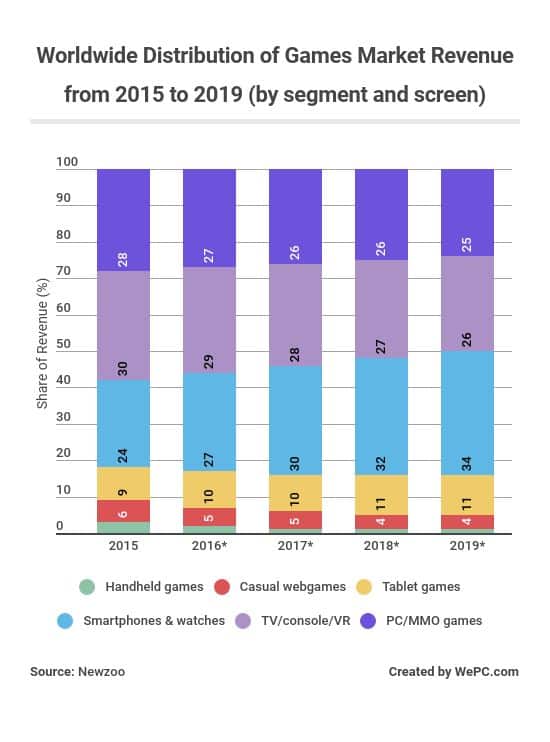WYP
News Guru
Intel will use 14nm for desktop chips until 2022? Is 10nm really that bad?

Read more about Intel's 10nm desktop issues.

Read more about Intel's 10nm desktop issues.

It makes sense to me that they would prioritise the 10nm silicon for servers since that is where the big bucks are. However AMD is simply going to wipe the floor with Intel for the next 3 years technically speaking.
The advantage that Intel has is that the server space is notoriously slow to adopt new tech. The recent security flaws which have hurt Intel more than AMD have however sped things up to a certain extent.
The truth is that any serious builds over the next 3 years, server or desktop, should probably be build with AMD parts. They will just simply be better in every way. However Intel have a whole load of money available to ride the storm and will seek to maintain market share. Unfortunately that will probably mean making deals with partners and will unlikely translate to a significant discount at the customer level.
However Intel have a whole load of money available to ride the storm and will seek to maintain market share.
This I think is spot on. If they released 10nm desktop next year it would perform the same as current chips due to the higher ipc but lower clocks. They would more than likely loose the 5ghz halo and it would be a PR disaster as it would be seen as a back step.I think it's about clock speed loss tbh.
That may be why they're not putting them into the desktop space, because Xeons are usually lower clocked for 100% stability. However, if the rumours recently were anything to go by then I'd be correct, 'cause the clock speed sucked.
And this wouldn't be the first time either. When Ivy released the clock speeds and ocs were so naff it was 0% faster than Sandy bridge. It was only after millions of dollars and lots of ++++ that it got better again.
What's the point in releasing a 10nm desktop CPU that's going to get trounced by their own 14nm++++++++++++++++++++++++ CPUs?
Not much.
I'm not saying that you are wrong at all. Shareholders like to be paid and after all, leaks are leaks but google "Intel meet comp" to draw your own conclusions.Im not sure on this bit. Agreed Intel has made some serious bucks over the last decade but odds are its not in the bank. A company this big would have used alot of this money to create more shares, pay dividends to its investors and pay out some big bonuses, this in turn reduces their tax bill. What attracts investors most is good dividends and share price increases. Losing 50p a share is not alot when you only have 100 shares, but when its billions of shares, thats a lot of money and then people become afraid to invest.
This I think is spot on. If they released 10nm desktop next year it would perform the same as current chips due to the higher ipc but lower clocks. They would more than likely loose the 5ghz halo and it would be a PR disaster as it would be seen as a back step.
The pc gaming market is now absolutely enormous. Bigger than you realise.

I'm not sure this is quite true in terms of CPU market splits unless things have changed recently, the "PC market" is bigger ($9.8bn yearly for Intel at end of 2018 vs $6.1bn in data-centres) but "PC market" is desktop + laptop, and while I've not seen any super recent data on the absolute split in 2016 that was 2:1 laptops:desktops by volume and I think the former has continued to grow faster since then. Notebooks was a slightly bigger market by volume of chips than datacenters for Intel last year but i think that puts desktops at around half of either.The desktop market is now worth more than the server space. It's nuts.
